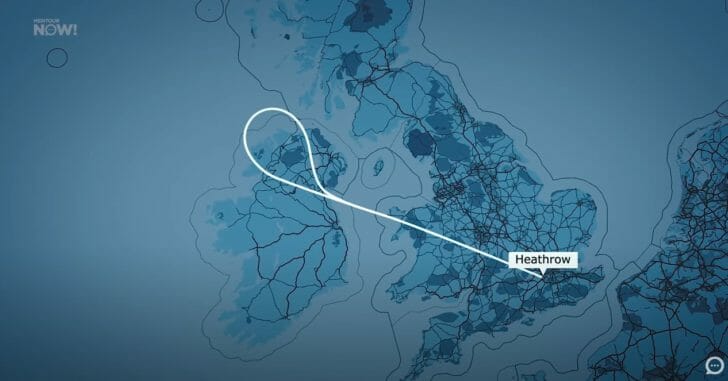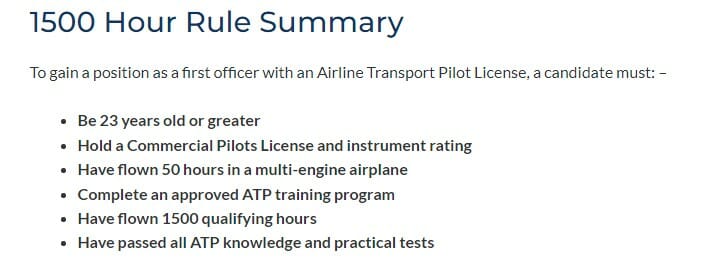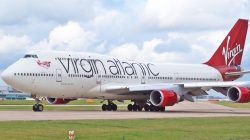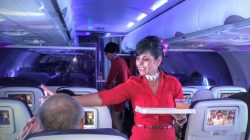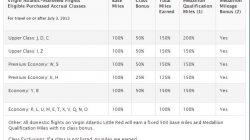On Monday, May 2, 2022, Virgin Atlantic flight VS3 departed London Heathrow for New York JFK. After 30 minutes of flight, the aircraft was instructed to immediately return back to Heathrow. What happened to make this airliner turn back? How do safety protocols help ensure that passengers safely arrive from point A to point B? In this post, I will discuss what happened, how it was resolved and more importantly, how the press and media got this story so wrong.
The Problem
The Airbus A330 took off normally on a westbound departure from London Heathrow runway 27R. As the aircraft was leaving the Atlantic side of the Irish coast, The captain received a radio call from Virgin Atlantic operations to return back to Heathrow. There are many operations that happen behind the scenes that passengers don’t see such as crew scheduling and dispatch coordination. It was an error in crew scheduling that made it necessary for this flight to return back to London.
Airlines have procedures in place for checks and balances. It was within one of these checks that it was determined that the captain (left seat pilot) and the first officer (right seat copilot) pairing did not meet Virgin Atlantic standards. It was for this reason that the aircraft turned back.
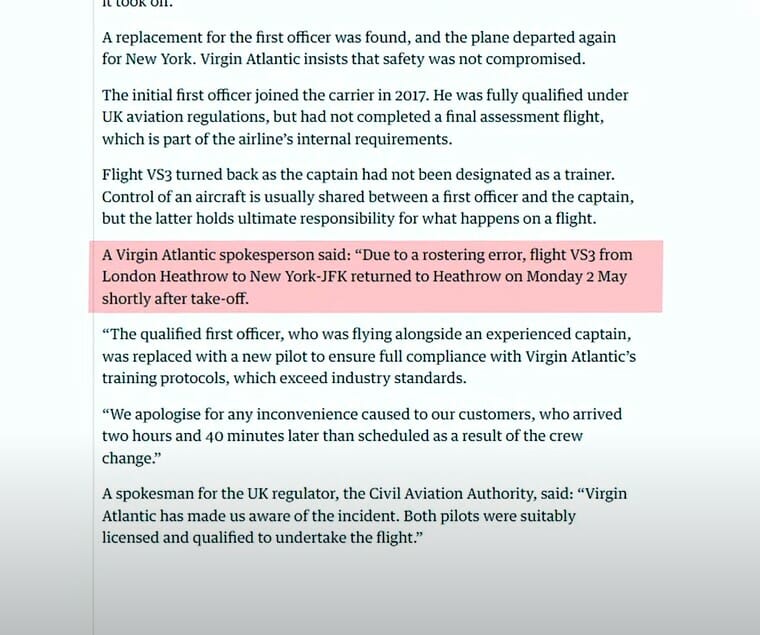
Airline Pilot Training
Airline pilots receive not only a lot of training prior to entry into commercial airline flight crews but they also must log hundreds of hours of flight time. Such ratings include:
- Private pilots license,
- Instrument flight rating,
- Multi-engine rating and
- Commercial aircraft rating.
Pilots receive these ratings before they begin their airline-specific training. Once a pilot is accepted into an airline first officer position, they receive more training:
- Mandatory training,
- Simulator training,
- Non-mandatory training and
- Line training.
Commercial pilots must also be certified on every type of airline aircraft type that they fly.
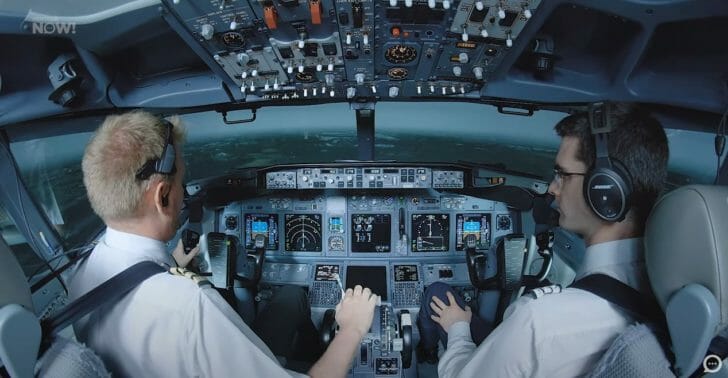
When a pilot is in the final phase of training, that pilot is assigned a line training captain to train a new first officer during actual flight operations. This is to say that the first officer in training is flying under the direct supervision of the line training captain. When the new first officer completes this training, the line training captain will sign off this training as complete if the first officer’s performance is satisfactory. A line training captain is selected by the airline based on experience and suitability for training and evaluating pilot proficiency check rides. After selection to line training captain, that pilot receives train-the-trainer education to focus on training and skill evaluations. These training situations have become even more important with pilots returning from Covid furloughs who are a little “rusty” with their skill levels.
The first officer involved had been with Virgin Atlantic since 2017 and likely was returning to work after a Covid furlough period.
Were The Passengers In Danger?
The answer to this question is NO. The crew of VS3 was competent and experienced enough to safely fly this flight. The captain of VS3 had over 17 years of flying experience with Virgin Atlantic and thousands of hours of flying logged. The problem with this crew pairing was that the captain of VS3 was not a designated line training captain. Both pilots held the appropriate licenses and ratings to safely fly this flight.
The pilot licensing authority in the U.K. is the Civil Aviation Authority (CAA). The CAA has to approve the training program of U.K.-based airlines and the airlines are expected to abide by those procedures. When the discrepancy was discovered by Virgin Atlantic, they immediately informed the CAA of the problem and resolution. Here is what the CAA said about this incident:

The Pilot Shortage
Covid forces a lot of airlines to furlough or lay off pilots. The airlines were in no way prepared for a rapid return of passengers back to the skies. As I mentioned before, there is not only a lot of training in bringing an airline pilot current but there are many hours of logged flight time required. The pilot shortage is not only affecting airlines worldwide but the U. S. Air Force is also having trouble retaining career pilots.
One of the problems with the staffing of pilots in the United States is the 1,500-hour rule. The Federal Aviation Administration (FAA) updated the minimum number of flight hours to be a commercial pilot to 1,500 to obtain an Airline Transport Pilot (ATP) license. Accruing flight hours is not only time-consuming but it is also very expensive to rent aircraft and pay for fuel on top of any flight instructor costs. Airlines have resorted to operating their own pilot academies.
The biggest problem in obtaining an ATP license is the time and expense to get the 1,500 qualifying hours. The hour requirement had previously been only 250 hours. That was changed in 2013 as a result of a tragic crash of Colgan Air flight 3407. Regional airlines are most affected by the 1,500-hour rule. Regional carrier, Republic Airlines has requested a waiver of the 1,500-hour requirement for those pilots that successfully complete their “LIFT” flight academy.
How The Media Reported The Story
The newspaper and media coverage of the story was totally blown out of proportion. In my opinion, it was criminal by the media on their accounts of the story and did nothing to instill confidence to the flying public that commercial airline travel is safe. For the media, it is more about selling newspapers and generating “page clicks” than responsibly and accurately report the story. The last thing that the aviation world needs are headlines like this one:
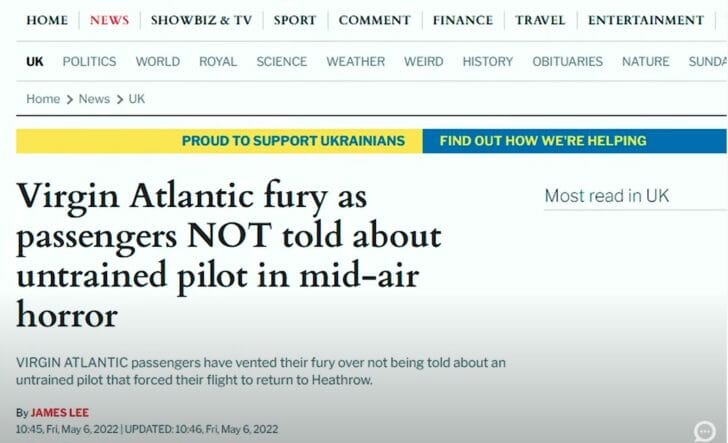
This Video Tells The Story
My friend Petter Hornfeldt is both a Boeing 737 line captain and a designated line training captain for his airline. In this video, he walks the viewer through the entire incident and he explains what went wrong and how Virgin Atlantic corrected the problem in a professional manner.
Final Thoughts
Air travel continues to be the safest mode of transportation. Airlines set higher air crew standards for training and proficiency than their respective regulatory bodies require. I want to make it clear that the flight crew of VS3 were fully licensed and competent to complete this flight and never were the passengers in danger. I applaud Virgin Atlantic for employing checks and balances that caught its error and their immediate decision to return this aircraft back to London Heathrow.
It is truly unfortunate that the media sensationalized and had completely overblown the nature of this incident.

